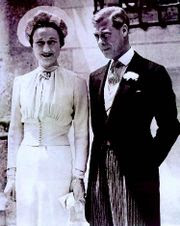Invisible Woman - The Life of Ellen Ternan

She is the shadowy figure in Dickens’s life, the woman who shared the last thirteen years before his early death. His biographers tried to erase her, their letters to each other were burned, but still the story of Charles Dickens and Ellen Ternan could not be obliterated from history. Ellen Lawless Ternan was born on March 3, 1839 in Rochester, England, coincidentally a city that had much meaning for Charles Dickens. She was born into a theatrical family of long standing. Her mother, father and grandmother had all been actors; her mother, Fanny Ternan, had even appeared on the London stage, with the great actor William Charles Macready (another good friend of Dickens). When Ellen was around six, her father Thomas Ternan had a breakdown and was committed to an asylum where he died two years later. From the time they were small children, Ellen and her two older sisters Fanny and Maria had appeared on stage. The life of an actress in Victorian England was difficult. Not only were actresse...



